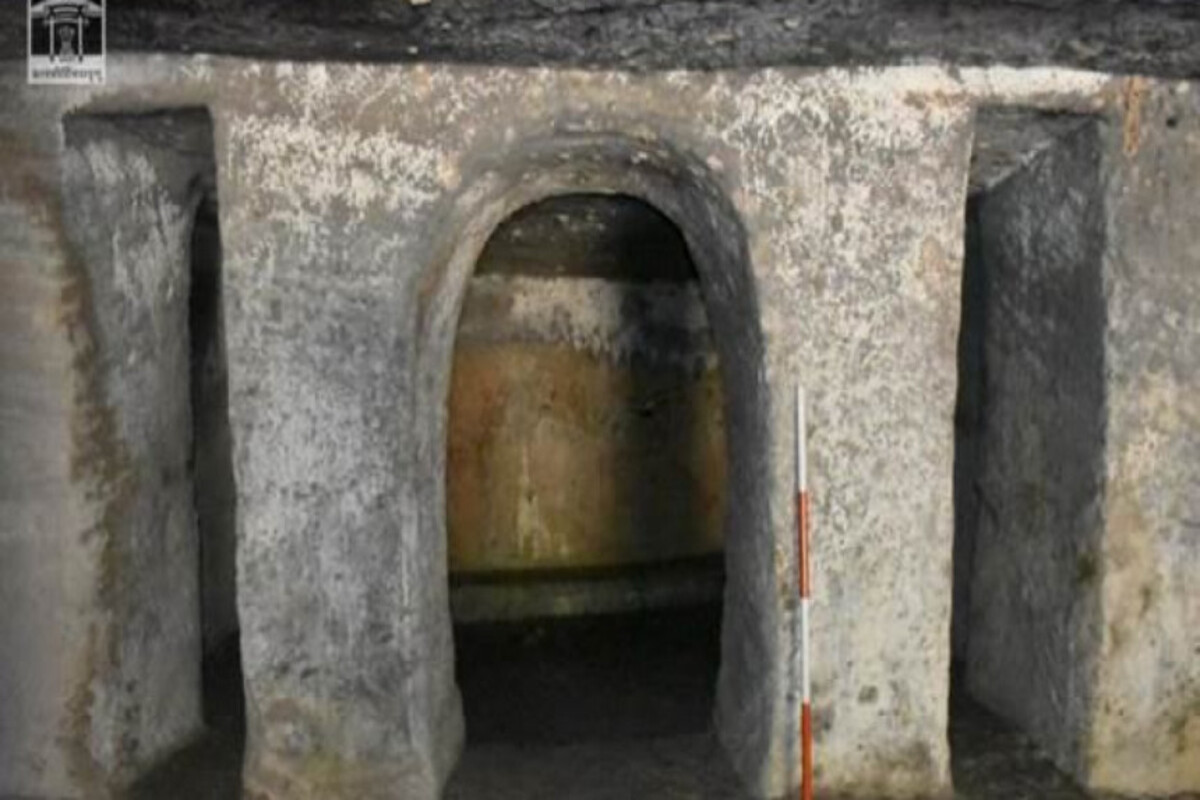The Archaeological Survey of India (ASI) today reported new findings of 26 ancient Buddhist temples, caves and other relics in Madhya Pradesh which date back from second to 11th centuries.
During the exploration conducted by ASI inside the famous Bandhavgarh tiger reserve, the ancient temples andrelics of Kalachuri period (9th century Christian Era to 11th Century Christian Era), 26 caves ( of 2nd Century CE to 5th century CE and mostly Buddhist in nature), two monasteries, two stupas, 24 Brahmi inscriptions (of 2nd century CE to 5th century CE), 46 sculptures, 20 scattered remains and 19 water structures (of 2nd-15thCE) have been recorded, reports our New Delhi correspondent quoting ASI officials as saying.
Advertisement
The ASI team covered nearly 170 sq km falling in the area of the Bandhavgarh tiger reserve over months-long exploration of the region which was undertook for the first time since 1938.
Pointing out that “remarkable archaeological remains came to light” during the exploration, ASI officials told the media that the caves pertain to the Mahayana sect of Buddhism.
Forty-six sculptures and 19 waterbodies have also been excavated all of which were built between the 2nd and 15th century, ASI officials said.











